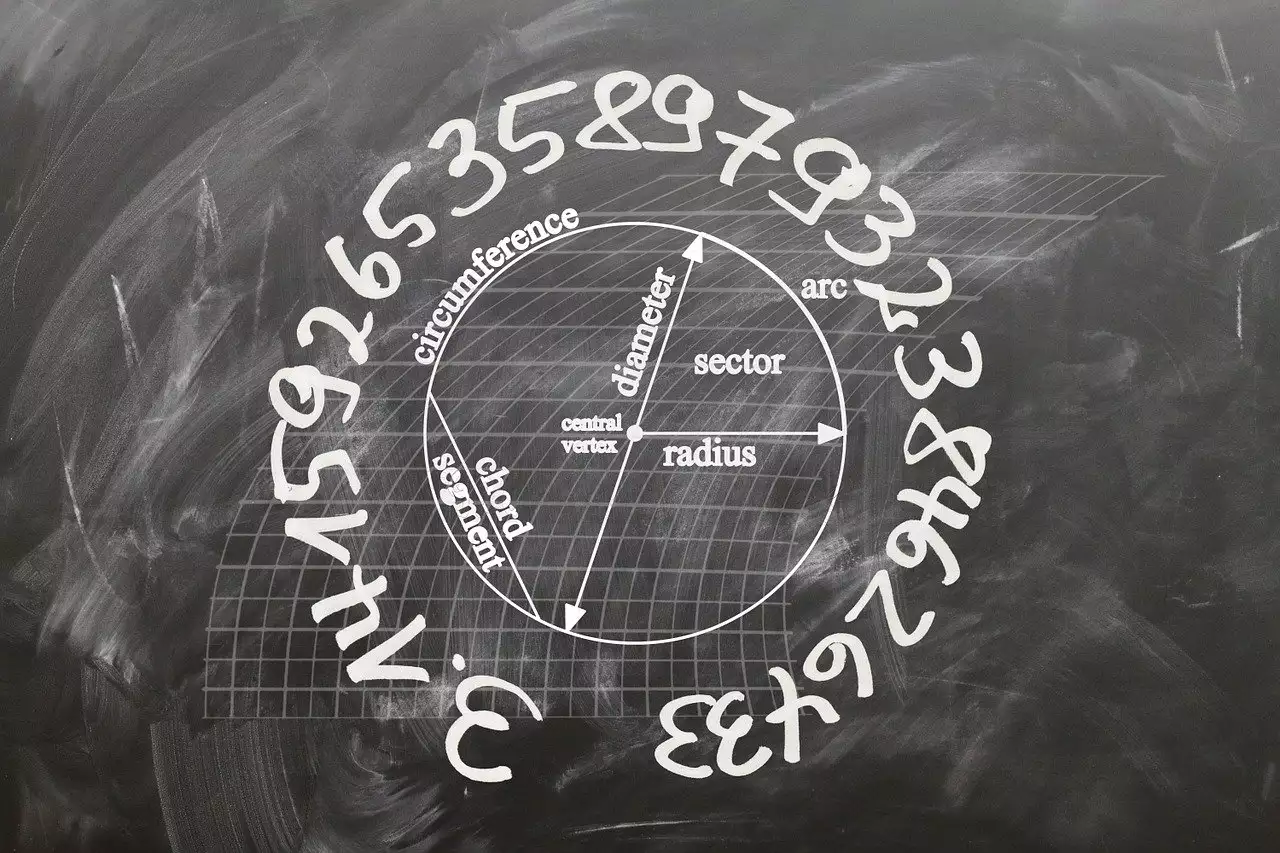Ratio to Fraction Calculator
Convert ratio to a fraction with one click

Are you having trouble converting a ratio to a fraction? Don't worry. You are not alone. It is common even among people with deep math understanding. Simply math and calculus are not the same!
People frequently make mistakes in calculations. That's why most engineers rely on professional tools, even though they can solve most math problems on paper.
Luckily, our ratio-to-fraction calculator can help you make your ratio-to-fraction calculations correctly. It takes no time for the tool to give you the right answer! So, it can save you a lot of time and effort.
Do you want to find out how to convert the part-to-part or part-to-whole ratios to fractions?
We’ll tell you everything you need to know in today’s article. Let’s dive into the details.
How Can the Ratio-to-Fraction Calculator Help You?
This handy calculator can convert any ratio to a fraction in no time. On top of that, the tool will reduce the fractions to the simplest form for you.
So, all you need to do is enter the ratio, turning it into the simplest fraction. This can be helpful in any day-to-day situation, especially when calculating odds or percentages.
You may use our ratio to percentage calculator if you wish to turn a ratio directly into a percentage value.
How To Convert Part-to-Part Ratio to Fractions?
Part-to-part ratios can come in handy when calculating the odds of an event happening.
Before we tell you how to convert them into fractions, you need to understand what part-to-part ratios are.
If there were 3 bananas and 5 apples in a bowl, the part-to-part ratio of the bananas to apples would be 3:5. So, we basically compare the value of X to the value of Y.
Say there was a classroom that contained 20 students. 8 of these students were females. So, the number of male students is 20 – 8 = 12.
Therefore, the part-to-part ratio of females to males will be 8:12. As a fraction, this ratio will be 8/12.
You’ll need to place each of the ratio terms as a numerator in a fraction. You’ll end up with 8/20 and 12/20.
After that, you can divide both numbers by the greatest common factor, which is 4.
As a result, the fraction of females in the class will be 2/5, and the fraction of males in the class will be 3/5.
How To Convert Part-to-Whole Ratio to Fractions?
Part-to-whole ratios are a little different from part-to-part ones. In this case, you’ll be comparing a certain value to the whole value. So, ratios can be converted into fractions directly.
We’re basically comparing the value of X to the value of X+Y.
Let’s use the same classroom example with 8 females and 12 males.
The part-to-whole ratio of females is 8:20, and for males, it’s 12:20. By directly turning these values to fractions, the females will be 8/20, and the males will be 12/20.
After simplifying the fractions, the results will be:
2/5 of the classroom are females
3/5 of the classroom are males
If this seems complicated to you, or in case you have a problem simplifying fractions, you can check Calcopolis for other helpful tools.
Common Mistakes to Avoid

Converting ratios to fractions may seem straightforward, but there are several pitfalls that even math enthusiasts can fall into. Avoiding these common mistakes will ensure that your fraction form is accurate and representative of the original ratio. Here's a rundown of the typical errors and how to sidestep them:
-
Misinterpreting the Denominator: One of the most frequent mistakes is misplacing or misunderstanding the denominator's value. The denominator is crucial as it represents the whole or the total number of parts in a ratio. Always ensure that when converting a part to whole ratio, the sum of the parts represents the denominator correctly.
-
Ignoring the Simplest Form: Often, individuals forget to simplify fractions after conversion. While 8/20 might be a correct representation, 2/5 is the fraction in its simplest form. Always aim to reduce your fraction to the lowest terms for clarity and accuracy.
-
Confusing Part to Part and Part to Whole Ratios: This is a subtle but crucial distinction. A part to part ratio compares one part to another, whereas a part to whole ratio compares a part to the sum of all parts. Ensure that you're using the correct conversion method for each type.
-
Misconverting Mixed Numbers: A common error, especially among beginners, is confusing ratios with mixed numbers. While a ratio can sometimes look like a mixed number, it's essential to differentiate between the two. Remember, ratios indicate a relationship between numbers, while mixed numbers represent a whole number combined with a fraction.
-
Using Improper Fractions Incorrectly: An improper fraction is one where the numerator is greater than the denominator (e.g., 7/4). Some individuals incorrectly convert ratios to improper fractions when a mixed number might be more appropriate or clear. Recognize when to use each form.
-
Not Utilizing Available Tools: In the age of digital solutions, it's a misstep not to leverage available tools. If ever in doubt, use the ratio to fraction calculator. This tool is designed to sidestep the common mistakes and provide accurate conversions swiftly. Additionally, if you have a challenging ratio, you can always turn to the fraction calculator to convert the ratio seamlessly.
While manually converting ratios to fractions is an invaluable skill, always double-check your work. And if you're uncertain, the ratio to fraction calculator on Calcopolis is there to ensure accuracy and save time.
Ratio to fraction conversion has never been easier!
If you’re having trouble converting ratios to fractions, this tool will help you out. Our ratio-to-fraction calculator will save you a lot of time and effort by doing the math in no time.
Additionally, Calcopolis can simplify the fraction and turn ratio into to percent for you!
As you know, even simple math operations may lead to silly mistakes. That's why we created a bunch of online math tools that can assist you in your daily math calculations like roundinging numbers, rounding money or rounding fractions.
Visit Calcopolis regularly to avoid math mistakes.

